Aquarium shrimp create impressive displays while maintaining a vital ecological equilibrium within home aquarium environments. Shrimp share a similar vulnerability to diseases as fish and aquatic organisms since they remain susceptible to a variety of health-threatening conditions.
Content Table
All aquarists who want to sustain a thriving shrimp colony need complete knowledge about aquarium shrimp diseases, alongside their root causes and clinical signs, and therapeutic approaches. The article examines leading diseases that affect aquarium shrimp, such as shrimp white spot disease, while providing preventive and managerial approaches for their treatment.
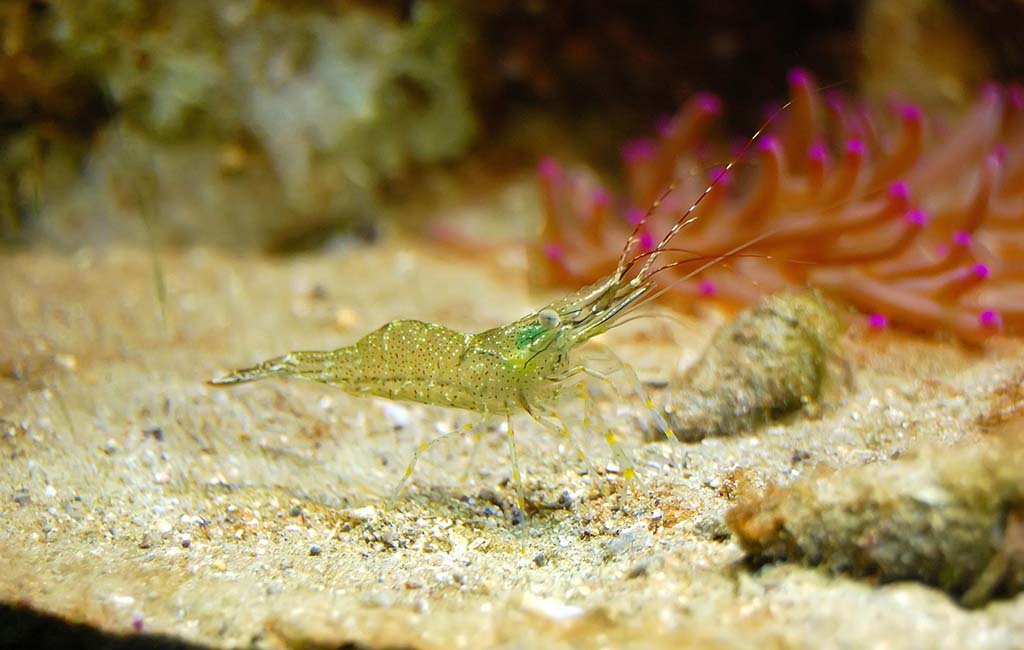
shrimp diseases
Aquarium Shrimp Diseases: Will Aquarium Shrimp Get Diseases, and Why
The resilience of aquarium shrimp does not protect them from various environmental and biological factors that make them highly vulnerable to diseases. A shrimp colony faces immediate destruction caused by infections due to their petite structure and sensitive biological makeup. The prevention of shrimp diseases depends on a full understanding of their illness origins to prevent widespread outbreaks while sustaining aquarium health.
Key Reasons Why Aquarium Shrimp Get Diseases
1. Poor Water Quality
The water parameters provoke intense changes that affect shrimp very easily. Shrimp become more prone to diseases when exposed to ammonia spikes when nitrite accumulates. Also, when pH levels change, these factors stress their bodies by weakening their immune systems.
The consumption of high nitrate amounts in the aquarium system causes long-term health complications. Although the substances are less harmful than ammonia and nitrite. Water stability, together with clean conditions, acts as a disease-preventing measure.
2. Overcrowding
Too high an abundance of shrimp in a limited tank volume results in severe food and space competition that creates both stress and aggressive behavior. A population density overdose creates high-risk transmission rates between shrimp because viruses and microorganisms freely pass between animals. The combination of sufficient tank space and correct filtration systems will decrease the probability of diseases occurring.
3. Introduction of Infected Shrimp
The major route for disease entrance into aquariums is the undirected quarantine of new incoming shrimp. Shrimp obtained from the wild or corrupted sources often have parasitic bacterial or fungal contaminants that have the potential to spread throughout the entire tank system. The quarantine procedure needs to be dual to quadrangle weeks to stop the entry of dangerous pathogens.
4. Inadequate Nutrition
A balanced nutritional diet provides the necessary foundation for the health of shrimp. The lack of vital nutrients, including calcium also iodine, and essential amino acids, results in weak exoskeletons and slow molting processes with higher susceptibility to diseases. A mix of algae and biofilm, as well as shrimp pellets and calcium supplements, in a well-structured diet provides shrimp with strong immune systems.
5. Presence of Pathogens
Pathogenic bacteria, together with fungi and parasites, use unmaintained tanks containing decaying organic matter to spread and thrive. Three major sources that transmit pathogens within the aquarium are leftover food items, dead shrimp, and inadequate filtration systems. The combination of regular tank inspections along with routine water changes, and regular use of beneficial bacteria establishes a stable aquatic habitat that resists diseases.
6. Stress Factors
Shrimp tanks suffer from a stress-related killer that progresses without the presence of visible signs. The immune system of shrimp undergoes deterioration when exposed to combined factors, e.g., repetitive handling along with abrupt temperature swings and confrontations with aggressive tankmates and powerful lighting environments.
Shrimp require an environment that remains consistent and supports their needs by creating diffused areas for hiding. And also using live plants and keeping stable water conditions to reduce stress and infections.
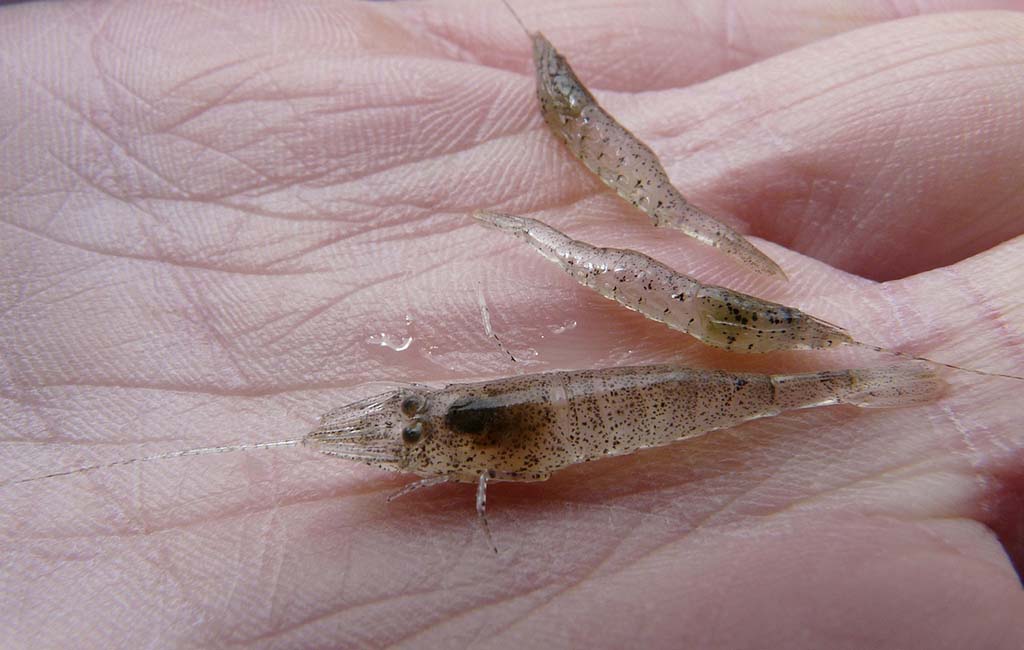
Aquarium shrimp diseases
Different Diseases That Different Shrimp May Suffer From
Depending on their species, aquarium shrimp fall prey to a few diseases that are commonly encountered. Some significant illnesses that occur with aquarium shrimp include.
1. Amano Shrimp Diseases
Due to their moderate disease resistance, Amano shrimp encounter bacterial infections, together with fungal diseases and parasitic infestations. Some signs may include:
- Bacterial Infections: Symptoms include lethargy, loss of color, and difficulty molting.
- Fungal Infections: White cotton-like patches appear on the shrimp’s body or legs.
2. Cherry Shrimp Diseases
The ornamental fish community finds cherry shrimp appealing, but these animals develop multiple medical conditions.
- Vorticella: A protozoan infection that looks like white fungus on the shrimp’s body.
- Bacterial Infections: Rapid color fading and sluggish behavior are common signs.
3. Cotton Shrimp Disease
Cotton shrimp disease, also known as bacterial necrosis, is a bacterial infection where:
- The shrimp’s body turns white or cloudy, appearing as if it’s filled with cotton.
- Affected shrimp become lethargic and eventually die if untreated.
The shrimp population suffers from other two parasitic diseases along with bacterial infections which affect them in various ways. The first parasitic disease shows itself through Scutariella japonica as tiny white threads on shrimp’s head while Ellobiopsidae appears as a green fungal parasite that affects many species.
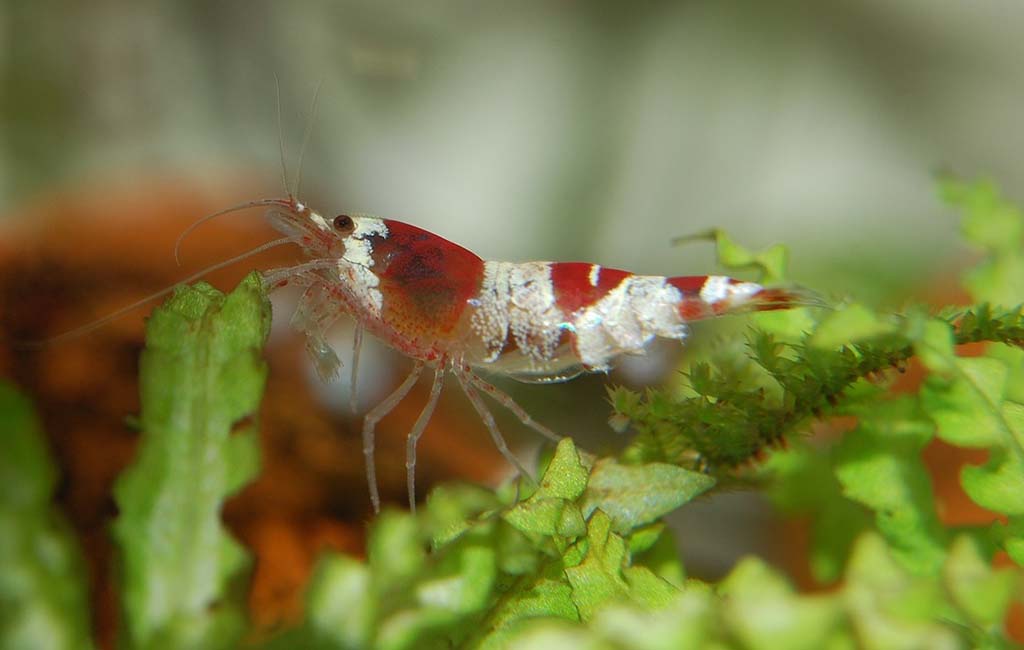
Shrimp white spot disease
Black Gill Disease in Shrimp
What is Black Gill Disease?
Black Gill Disease affects aquarium shrimp through bacterial or fungal gill infections, which darken these shrimp’s organs to black. The two shrimp species named Amano and Ghost, along with many others, are primarily vulnerable to this bacterial or fungal infection when the water quality reaches unacceptable levels. The shrimp depends on its gill functionality for respiration, making any damage to them fatally impact its ability to breathe, which results in both stress and eventual death.
Symptoms of Black Gill Disease
- Darkening or blackening of the gill area
- Labored or rapid breathing
- Reduced activity levels or lethargy
- Loss of appetite and weight loss
- Shrimp frequently move to the surface for oxygen
Causes of Black Gill Disease
- Poor Water Quality: The presence of excessive ammonia nitrites and organic waste contaminants encourages bacterial and fungal populations, which heightens the chances of shrimp infections.
- Oxygen Deficiency: Insufficient oxygen amounts push shrimp to overbreath, which increases their gill vulnerability to damage and disease.
- Bacterial or Fungal Infections: Weakened shrimp face bacterial or fungal attacks coming from opportunistic Vibrio germs and fungal spores, mainly because poor tank maintenance and overcrowded conditions create favorable environments for such infections.
- Stress and Injury: Shrimp which experience stress due to bad tank environments as well as repetitive handling or combative tank mate behavior develop weakened immune defenses that lead them towards infections.
Treatment and Prevention
- Improve Water Quality: The improvement of water quality requires weekly water changes reaching 20-30% as well as high-quality filters and dead organic matter removal to reduce harmful bacteria counts.
- Increase Oxygenation: The gills of shrimp can benefit from increased oxygenation when using air stones or increasing surface agitation or adding sponge filters.
- Use Anti-Bacterial or Anti-Fungal Treatments: The aquarium can benefit from antifungal or antibacterial medications that include general cure and Indian almond leaves because they naturally release antifungal properties.
- Quarantine Affected Shrimp: Healthy shrimp should be placed in separate locations to stop the disease from infecting other shrimp in the tank.
- Maintain a Stress-Free Environment: A stress-free living space should contain no excess shrimp along with diverse hiding spots combined with constant stable water conditions to protect shrimp from susceptibility to diseases.
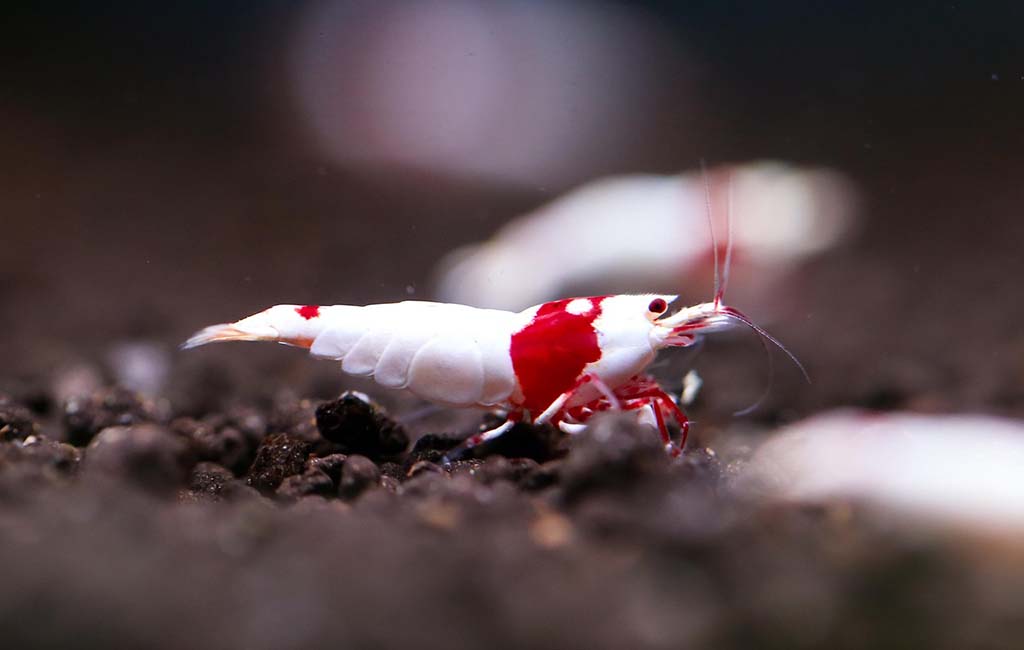
Why Aquarium Shrimp Get Diseases
The White Spot Disease in Shrimp
What is White Spot Disease in Shrimp?
The White Spot Syndrome Virus (WSSV) acts as the pathogen for White spot disease which many people mistake for Ich (Ichthyophthirius multifiliis) in shrimps. Both aquarium and wild varieties of shrimps encounter serious viral transmission through this highly infections disease.
Symptoms of White Spot Disease
- White spots appear on the shrimp’s exoskeleton
- Lethargy and reduced movement
- Erratic swimming behavior
- Loss of appetite
Causes
- Introduction of infected shrimp into the tank
- High-stress environments, such as sudden water temperature changes
- Poor filtration leads to viral proliferation
Treatment
Even more unfortunately, it is impossible to eradicate the sickness called White Spot Syndrome Virus (WSSV) in shrimp. As it is a deadly viral illness with high transmission rates, one has to act rapidly to contain it. As there is no known cure for WSSV, the following measures can be used to control its spread and increase the survival of the shrimp.
- Immediate Quarantine
- Quarantine Infected Shrimp: It is recommended to separate any shrimp that exhibit symptoms of WSSV including discolouration on the abdomen, listlessness or loss of appetite.
- Has Your Tank: Use another tank to hold sick shrimp and ensure that the water parameters in the tank are not changed often. If the infection is severe, the best thing to do would be to eradicate it to prevent others from being infected.
- Improve Water Conditions
Because these pollutants are stress factors, ensure that ammonia and nitrites are nonexistent in water, while nitrates should be less than 10 ppm.
- Too Little Oxygen: Increase the amount of water movement by placing an air stone or increasing the filtration rate to provide better oxygenation levels to support stressed shrimp’s gills.
- Reduce Water Temperature (Sensitively): It has been found that decreasing water temperature to a range of 22 to 24℃ or 72 to 75℉ may help to slow down WSSV replication. At the same time, shrimp should not be exposed to a drop in temperature, and if this is necessary, it is recommended to do it gradually.
- Strengthen Shrimp Immunity
- Ensure proper nutrition: The next diet for shrimp must include calcium, iodine, vitamins, especially Vitamin C, and immune boosting substances like spirulina or beta-glucans for the shrimp.
- Take Natural Anti-Viral Supplements: Some shrimp enthusiasts put Indian almond leaves in the tank because they are known to have antibacterial and antiviral properties to boost shrimp’s health.
- Stress Factors: Aggressive tank mates should not be placed together with shrimp since this will make the shrimp stressed, changes in water conditions should also not be rapid, and the shrimp should be provided with hiding places.
Prevention Strategies
- All new shrimp entering an aquarium must observe quarantine for a period of no less than fourteen days before joining the main tank population.
- The goal of water quality maintenance requires perfect water change routines along with the complete elimination of ammonia and nitrite pollutants.
- Еquipment must always undergo proper disinfection before it can be used to transfer materials between different tanks.
To Be Continued
Aquarium shrimp may develop various diseases beyond fungal infections, including molting difficulties, parasitic conditions, and fungal illnesses. The following section of this article explains:
Molting problems affect shrimp aquariums, and their proper resolution requires the following methods.
- Parasitic infestations in shrimp
- Effective treatment options for various shrimp diseases
Shrimp keepers can help their pets stay healthy through aquarium maintenance and aquarium disease prevention while avoiding infections of them.

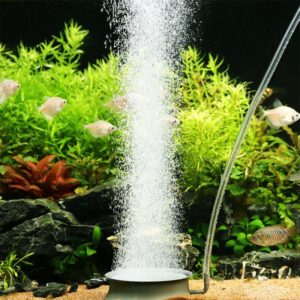
Leave a comment